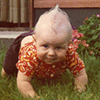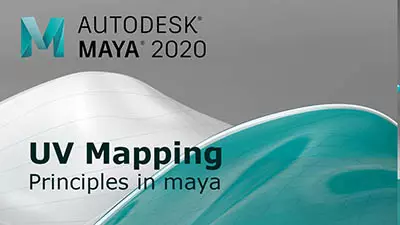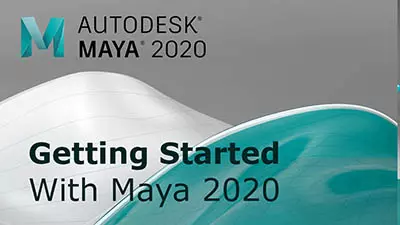Beer glass scene creation
This course contains a little bit of everything with modeling, UVing, texturing and dynamics in Maya, as well as compositing multilayered EXR's in Photoshop.
#
1
15-01-2003
, 10:03 PM
Help with expressions for polyplanes
Here's how it will hopefully work - There are 500 Pplanes in a row (on the X-axis) spaced .05 units away from each other. I have a camera in front of the first Pplane. On frame 1, all 500 Pplanes need to move forward (positively on the X-axis) .05 units. This needs to happen every frame. I could do this easily by grouping all 500 together and use the following expression -
group1.translateX = time + .05;
however, (here's the tricky part) the frontmost Pplane needs to be moved out of the way at the same time. I had planned to simply move it over 2 units on the Z-axis, but I don't know enough about expressions to do it. I thought I could use this expression for each Pplane...
(this exp. for Pplane1) ----- if (translateX >= 0) Pplane1.translateZ = 2
(this exp. for Pplane2) ----- if (translateX >= 0) Pplane2.translateZ = 2
...but unfortunately, the translateX NEVER CHANGES!!! This is because all 500 Pplanes are in a group and it is the group's translateX that is moving. Needless to say, I am stumped. I don't know what to do. I know exactly how to animate each one with keys properly, but I figure it would be faster to use expressions - even if I have to write one for each Pplane.
#
2
15-01-2003
, 10:41 PM
Or is this some other kind of animation where you actually move those images instead of flipping them in front of the camera?
#
3
15-01-2003
, 10:48 PM

#
4
15-01-2003
, 10:50 PM
#
5
15-01-2003
, 11:36 PM
#
6
15-01-2003
, 11:44 PM
#
7
15-01-2003
, 11:48 PM
// pplane1 expression
if (group1.translateX > 0.05) Pplane1.translateZ = 2;
// pplane2 expression
if (group1.translateX > 0.1) Pplane2.translateZ = 2;
or you could always use the xform command to get the world-space position of your plane:
//

float $myPosition[] = `xform -query -worldSpace -translation Pplane1`;
if ($myPosition[0] >= 0) Pplane1.translateZ = 0;
This isn't as nice because using the xform command might cause the entire Dependency Graph to be reevaluated for each frame, which can make certain scenes evaluate rather slowly. However, it does work.
-- Mark
#
8
16-01-2003
, 12:02 AM
Dannyngan - how do you go about masking? I searched a little and read something about using stencils, but I can't get it to work. I probably won't use it, but if I do, I'll need to know how to do it.
Thanks for all your helps guys!
#
9
16-01-2003
, 12:05 AM
-- Mark
#
10
16-01-2003
, 12:11 AM
The simple answer: In your video editing program of choice, put the character layer on top of the background layer. Tell the character layer to either use the alpha channel for transparency or use a filter/effect/operator (whatever the software calls it) to knock out the keying color. The last one is typically called a chroma key.Originally posted by Darkware
Dannyngan - how do you go about masking? I searched a little and read something about using stencils, but I can't get it to work. I probably won't use it, but if I do, I'll need to know how to do it.
The long answer: Depends on which software you're using.

#
11
16-01-2003
, 12:24 AM
Posting Rules Forum Rules
Similar Threads
exporting / importing expressions
by djb123 in forum Maya Technical Issues replies 2 on 10-04-2012
How are expressions processed?
by Vesuvian in forum Maya Basics & Newbie Lounge replies 1 on 15-02-2010
expressions
by NNY Design in forum Maya Basics & Newbie Lounge replies 4 on 01-03-2004
facial expressions
by grunze in forum Maya Basics & Newbie Lounge replies 1 on 28-10-2003
facial phenmones and expressions
by strytus in forum Animation replies 4 on 19-10-2003
Topics
Free Courses
Full Courses
VFX News
How computer animation was used 30 years ago to make a Roger Rabbit short
On 2022-07-18 14:30:13
Sneak peek at Houdini 19.5
On 2022-07-18 14:17:59
VFX Breakdown The Man Who Fell To Earth
On 2022-07-15 13:14:36
Resident Evil - Teaser Trailer
On 2022-05-13 13:52:25
New cloud modeling nodes for Bifrost
On 2022-05-02 20:24:13
MPC Showreel 2022
On 2022-04-13 16:02:13










